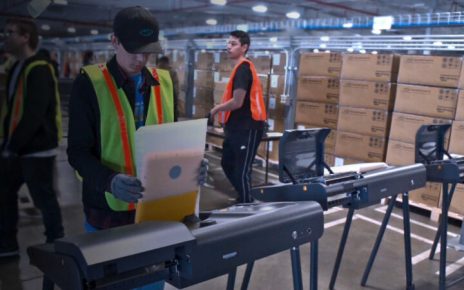
Enlarge (credit: Olivier Le Moal | Getty Images)
Before this century is over, we’re almost certainly going to need to pull massive amounts of carbon dioxide back out of the atmosphere. While we already know how to do carbon capture and storage, it takes a fair amount of energy and equipment, and someone has to pay for all that. It would be far more economical to pull CO2 out of the air if we could convert it to a useful product, like jet fuel. But processes like that also take a lot of energy, plus raw materials like hydrogen that take energy to create.
Plants and a huge range of microbes successfully pull carbon dioxide out of the air and use it to produce all sorts of complicated (and valuable!) chemicals. But the pathways they use to incorporate CO2 aren’t very efficient, so they can’t fix enough of the greenhouse gas or incorporate it into enough product to be especially useful. That has led a lot of people to look into re-engineering an enzyme that’s central to photosynthesis. But a team of European researchers has taken a radically different approach: engineering an entirely new biochemical pathway that incorporates the carbon of CO2 into molecules critical for the cell’s basic metabolism.
Sounds good in theory
On the rare occasions that most biologists think about biochemical pathways, energy is an afterthought. Most cells have enough of it to spare that they can afford to burn through their own energy supplies to force rather improbable pathways forward to get the chemicals they want. But grabbing carbon out of the atmosphere represents a very different sort of problem. You want it to happen as a central part of the cell’s metabolism rather than a pathway out on the periphery so that you grab a lot of carbon. And you want it to happen in a way that’s more efficient than the options the cells already have.





